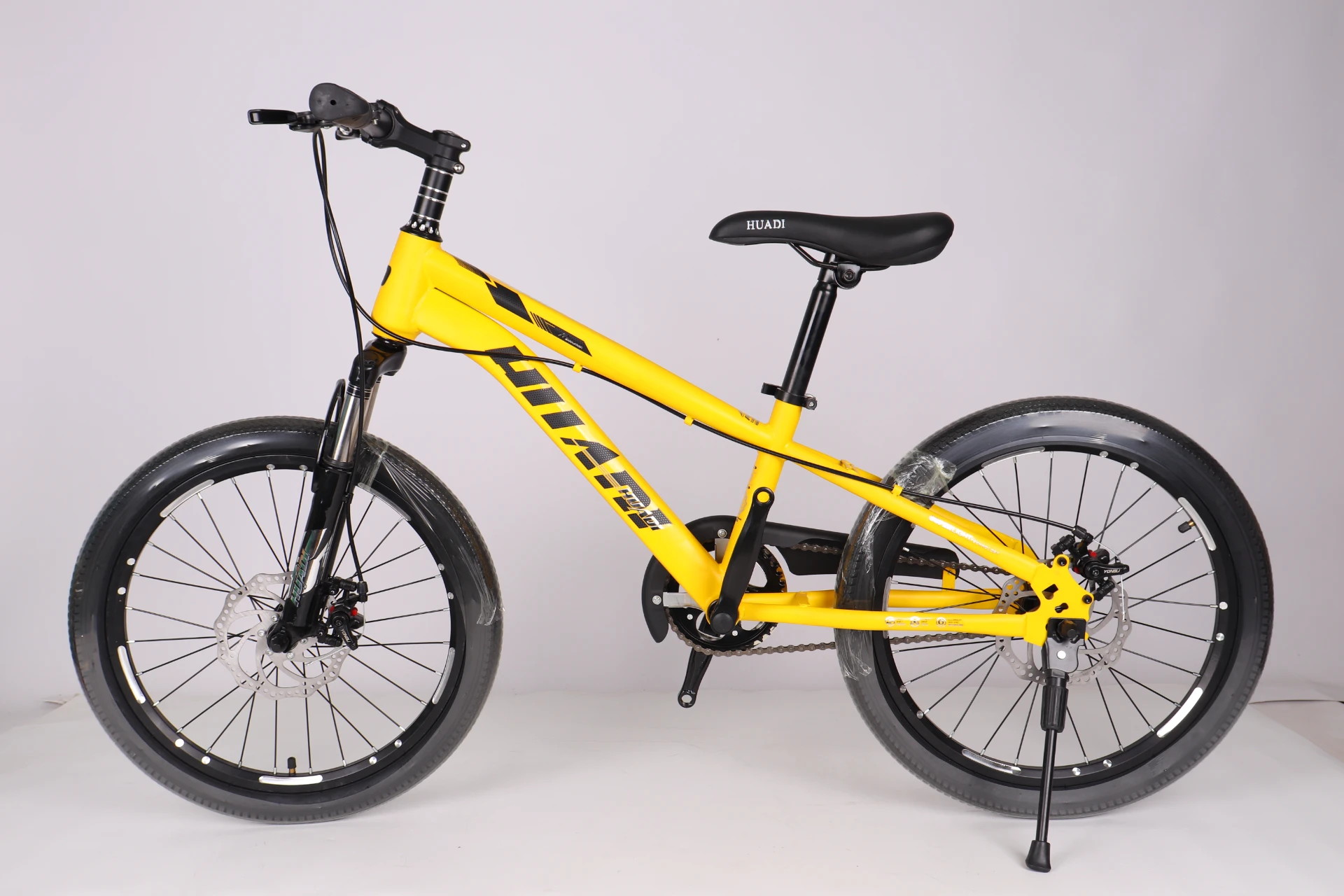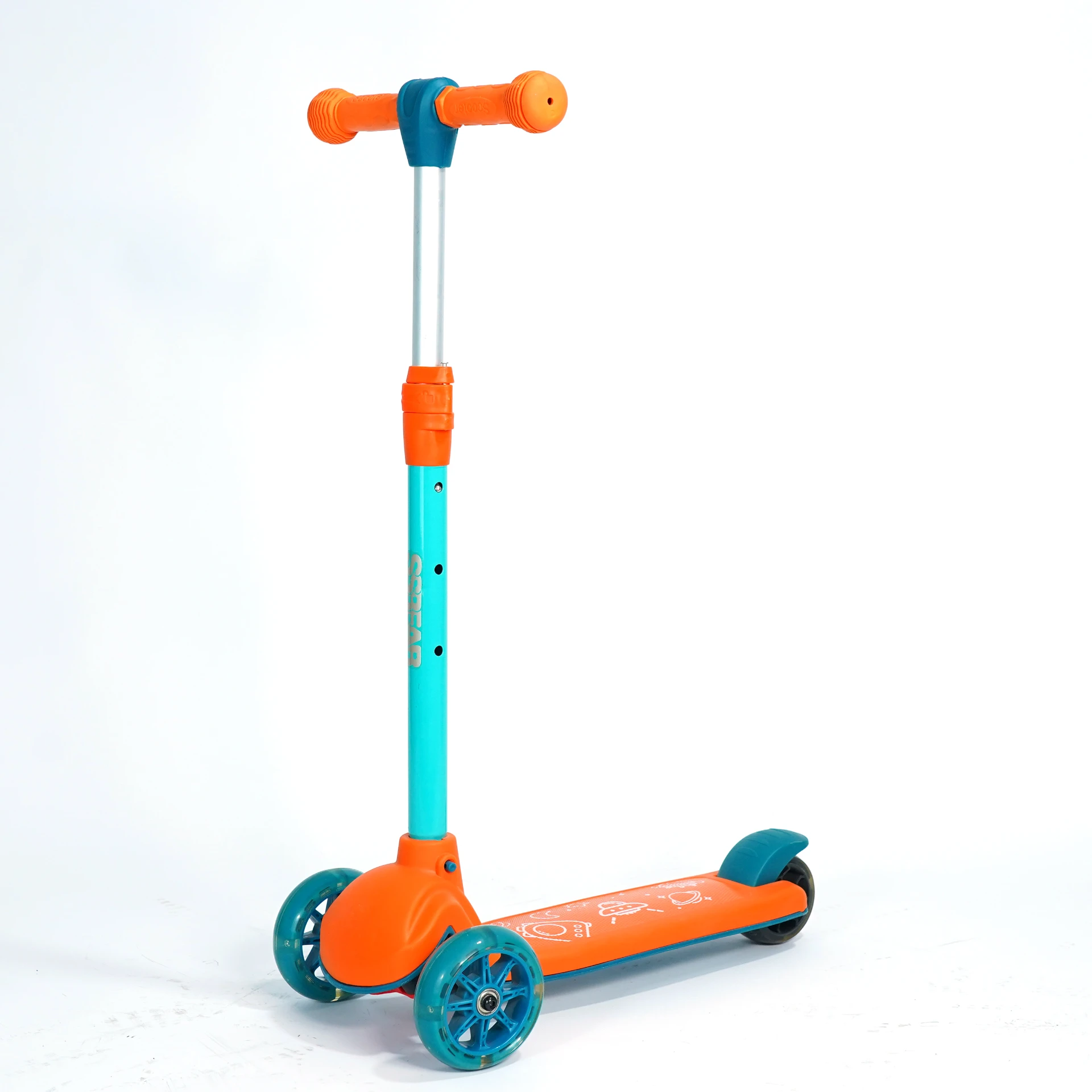Baby Toy Bike 4 Wheel Kids Balance Ride-On with Lights
Hands-on Review: Baby Toy Bike 4 Wheel Bicycle Kids Light Boy Girl Balance Scooter Ride on Car Foot Push Mini Kids Balance Bike
From Hebei’s manufacturing heartland—Fengjiazhai Village, Guangzong Town, Xingtai City—comes a compact, no-battery balance ride-on that’s getting real traction in nursery chains and cross-border e‑commerce warehouses. To be honest, what caught my eye first wasn’t the price; it was the practical 4‑wheel stance and the choice of robust polymers (ABS/EVA/PP) that many parents quietly prefer.
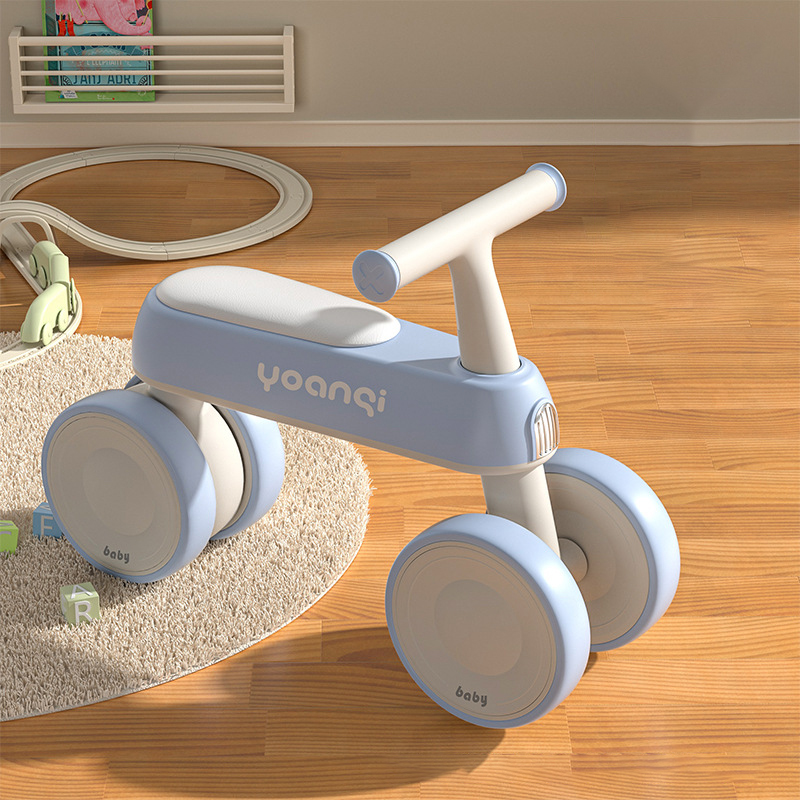
What’s trending in toddler mobility
The market is shifting toward stable, maintenance-light ride-ons—fewer moving parts, safer edges, and recyclable materials. Retailers tell me that 18–36 month products with EVA wheels (quiet on tile and wood) and simple foot-push motion beat flashy battery toys in repeat purchases. In fact, many customers say they prefer compact frames that tuck under a stroller or into a hallway corner—this model fits that bill.
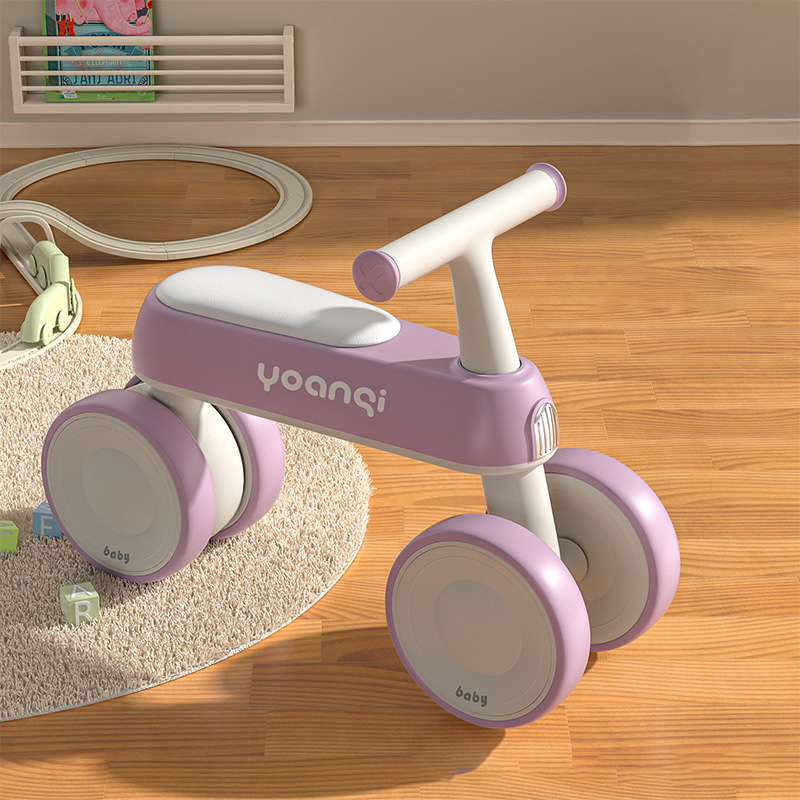
Core specifications
| Product | Baby Toy Bike 4 Wheel Bicycle Kids Light Boy Girl Balance Scooter Ride on Car Foot Push Mini Kids Balance Bike |
| Materials | ABS body, EVA wheels, PP seat/handles |
| Dimensions | 38 × 14.2 × 39 cm (L×W×H) |
| Recommended age | 18–36 months |
| Max rider weight | ≈ 20 kg (real‑world use may vary) |
| Net weight | ≈ 1.8–2.2 kg (varies by trim color) |
| Origin | Fengjiazhai Village, Guangzong Town, Xingtai, Hebei, China |
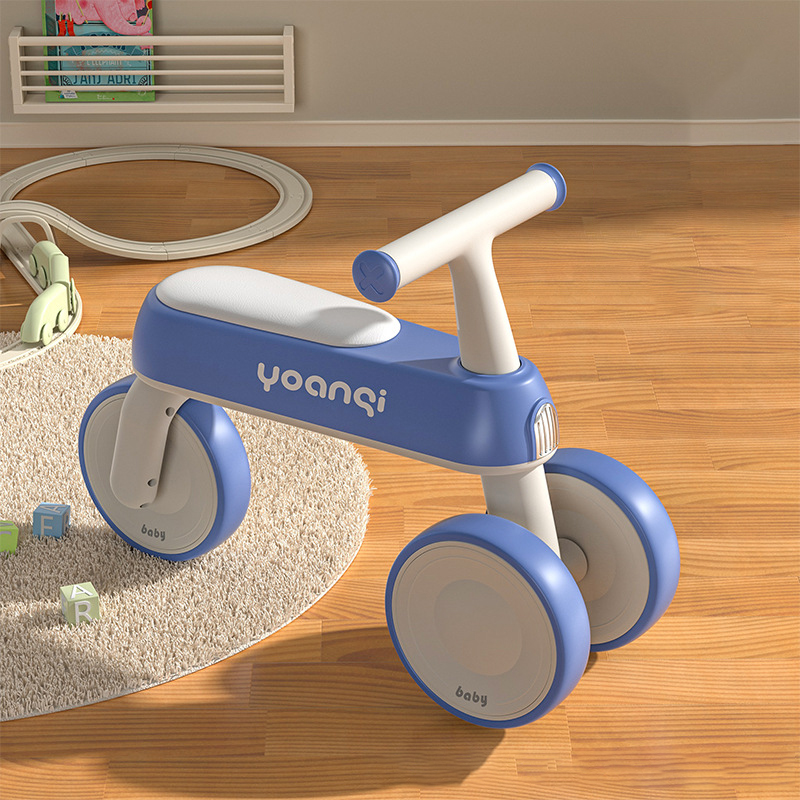
Manufacturing and testing (how it’s made)
- Materials: ABS frame injection-molded; PP seat ergonomically contoured; EVA foam wheels for low noise/indoor floors.
- Methods: Injection molding → ultrasonic welding of joints → deburring → surface inspection → assembly → torque check.
- QA & standards: Designed to meet EN71 and ASTM F963; phthalate limits per CPSIA; small-parts choke test applied.
- Test data (sample lot, ≈ values): Static load 25 kg/1 hr PASS; 0.5 m drop test PASS (3/3); wheel abrasion 5 km bench cycle PASS; colorfastness Grade 4.
- Service life: ≈ 2–3 years in normal home use; EVA wheels show minimal wear indoors.
Where it fits best
Daycare corridors, living rooms, even smooth patios. Parents like the stability of four contact points; retailers like the compact carton. For first balance training without pedals, the Baby Toy Bike 4 Wheel Bicycle Kids Light Boy Girl Balance Scooter Ride on Car Foot Push Mini Kids Balance Bike encourages foot-propulsion and steering coordination—no batteries, no charging drama.
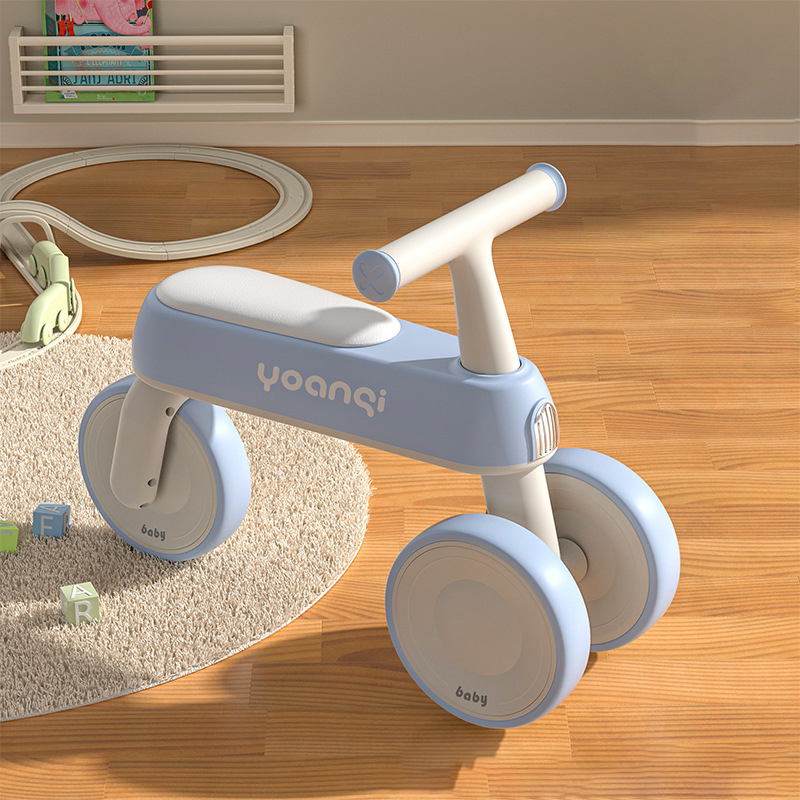
Vendor comparison (quick glance)
| Vendor | Frame Material | Wheel Type | Certs | Lead Time | Notes |
|---|---|---|---|---|---|
| Zhongzhou (Hebei) | ABS/PP | EVA (quiet) | EN71, ASTM F963 (factory tested) | ≈ 20–30 days | Stable QC; OEM colors |
| Marketplace Brand A | Mixed plastics | PVC | Claimed EN71 | Stock-based | Inconsistent batches |
| Factory B (generic) | ABS | EVA | Self-declared | ≈ 35–45 days | Limited colorways |
Customization and packaging
- Colors: OEM/ODM color palette on request (MOQs apply).
- Branding: Seat pad logo or handlebar tag; simple carton artwork.
- Regulatory docs: Test reports for EN71/ASTM F963 available from recent lots (ask per batch, I guess that’s standard now).
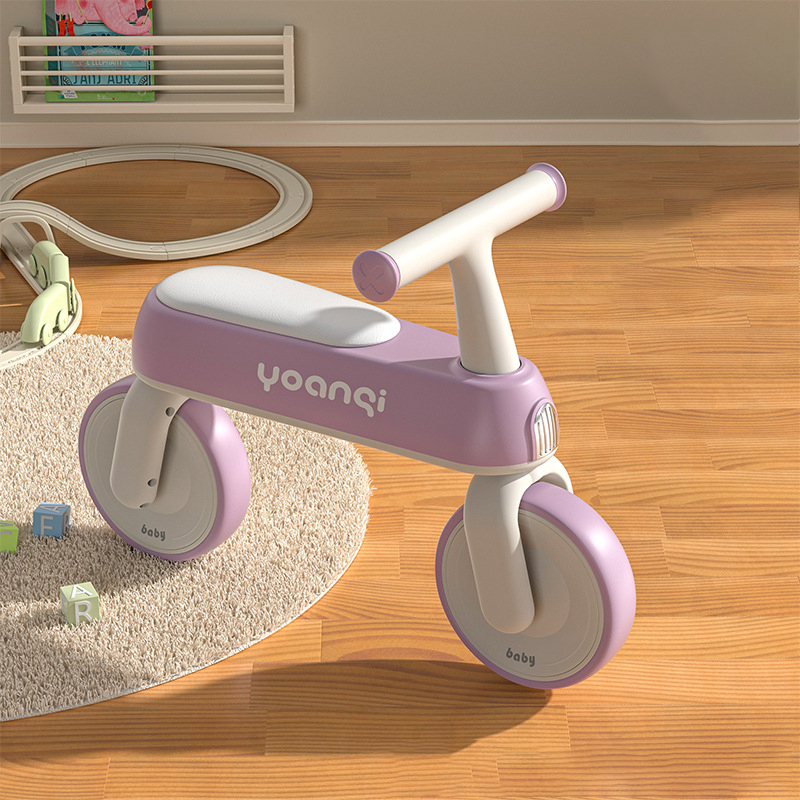
Mini case study: daycare rollout
A regional daycare group piloted 24 units of the Baby Toy Bike 4 Wheel Bicycle Kids Light Boy Girl Balance Scooter Ride on Car Foot Push Mini Kids Balance Bike. After eight weeks, maintenance tickets were zero; noise complaints dropped compared with hard PVC wheels; and staff noted quicker balance progress in younger toddlers. One handlebar cap needed re-pressing—minor, but worth mentioning.
Why it works
Simple geometry, four-point stability, and materials that are forgiving indoors. No batteries, fewer failure points. It seems that’s exactly what busy parents—and procurement teams—are asking for right now.
References
- ASTM F963 – Standard Consumer Safety Specification for Toy Safety: https://www.astm.org/f963
- EN 71 – Safety of toys (EU Toy Safety Directive): https://single-market-economy.ec.europa.eu/single-market/european-standards/harmonised-standards/toys_en
- CPSIA (U.S. Consumer Product Safety Improvement Act): https://www.cpsc.gov/Regulations-Laws--Standards/Statutes/CPSIA
- ISO 9001:2015 Quality Management Systems: https://www.iso.org/iso-9001-quality-management.html
-
Baby Balance Bike OEM Service – Kids No-Pedal, LightweightNewsNov.10,2025
-
OEM Kids Bike Children Bicycle – Cheap Wholesale BicyclesNewsNov.10,2025
-
Kids Bike New Model 12–18 inch Boys & Girls Bike, AdjustableNewsNov.10,2025
-
China Cheap Price Safe Kids Bike for 10yo w/ Training WheelsNewsNov.10,2025
-
China CE-Certified Kids Balance Bike, Guaranteed QualityNewsNov.10,2025
-
Colorful Outdoor Flashing Carton Children Scooter for KidsNewsNov.10,2025
-
Best Price Kids Balance Bike – Superior Quality, No PedalsNewsNov.10,2025



